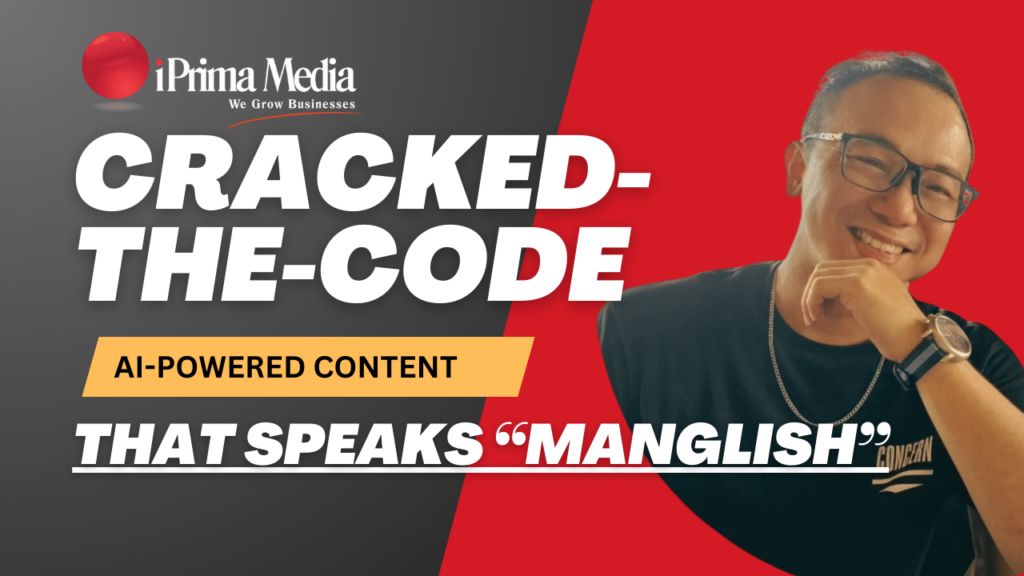Same as Google, Youtube is its own massive search engine. You may not know that youtube is the second largest search engine, second only to its parent company Google. But have you heard of Youtube SEO? When searching for a video, eight out of ten search results are YouTube videos, and YouTube is constantly growing. You wouldn't want to miss this platform for marketing.
The platform uses its algorithms to find the most relevant content that you are looking for. It will go through information such as video descriptions, titles, and tags to find videos you will most likely want to watch. You will want to remember that YouTube carries outside the platform into other search engines. When you upload a video on YouTube, it will be indexed immediately by Google.
It is a massive sea on YouTube. If you don't want your video to get lost, you will need strategies to stand out. Make sure that you have a proper YouTube SEO strategy to let your videos rank #1. When your YouTube channel content is well-optimized, it will be in front of the audience anytime.
What Is YouTube SEO Strategy?
 Image Credit: Canva
Image Credit: Canva
Search Engine Optimization (SEO) is to design your web content to rank highly on search engine results pages (SERPs). It is important to optimize your content to attract traffic and allow your website to grow.
Unlike Google, where you can use backlinks and other factors to attract traffic, YouTube SEO involves many things, such as optimizing your channel, playlists, metadata, descriptions, and videos. Your videos can be optimized to search for both within and outside YouTube.
Basic YouTube SEO will include keywords in titles, meta descriptions, and tags. But you can do more than that to rank your video. Although search engine bots can't watch videos, they rely on text data to index them. A key component to a YouTube SEO strategy is to use your video's text, such as transcripts, closed captions, and subtitles. It helps to create a positive impact on user experience, engagement, and YouTube SEO.
YouTube SEO #1: Select The Correct Keyword
 Image Credit: Canva
Image Credit: Canva
The first thing when it comes to YouTube SEO is that you need to select the correct keyword. This will help to boost your YouTube SEO. The keyword that you select will be in your video titles and metadata. When spoken in the audio, the keyword that you select will appear in the captions and transcripts.
The keyword you select will need to describe your video accurately and allow users to find your video with the words they enter in the search engine. You will need to research the keywords to find the phrases people usually use. The easiest way is to find related keywords through YouTube's Search Suggest.
It is better to find keyword variations with high search volume. It will help you to stand out because there will be less competition. After you have found the keyword you want to use, include the keyword in your video file's name. For individual videos, try using the long-tail keywords as they will be more specific.
YouTube SEO #2: Create A Good Description
 Image Credit: Canva
Image Credit: Canva
When creating a description, you shouldn't put too much info to give away the whole video. The description field can fit up to 5,000 words, but it is encouraged to keep it short. It would help if you created a description to create excitement for the viewer to view your video.
Make sure to include your keyword three to four times when creating your video description. If your transcript doesn't fit your video, you can create a call-to-action link to the full version on another website. A keyword-rich description can help your video rank and appear as a suggested video. It can also make your content quickly scannable.
YouTube SEO #3: Use Relevant Tag
 Image Credit: Canva
Image Credit: Canva
Incorporate the keyword into your tag. By using a relevant tag, it helps viewers to know what your video is about, besides that, you are also informing Youtube. It will help you connect with users who are interested in your content.
YouTube will figure out how to associate your video with another similar video. It can broaden the reach of your video. You will need to choose your tags wisely. If you think you will get more views for adding any irrelevant tag, it may not, and Google might penalize you. It will also confuse Youtube on what exactly your video is about.
You will want to note that your target keyword should be considered your first tag. The tag should be kept between 2-3 words, and broad keywords help YouTube understand the overarching context.
YouTube SEO #4: Thumbnail Images
 Image Credit: Canva
Image Credit: Canva
Thumbnail is also important for your YouTube video. The thumbnail image is the first thing viewers see when scrolling through the search results. It is the first impression to let viewers know about your video. Your image will include a high-quality photo, the title, typography, and branded elements.
You can pick one auto-generated by YouTube, but you can upload your custom thumbnail. It is recommended to use 1280×720 pixels for the image. For branded elements, do include typography and colors. Have consistency throughout your video, such as if you use a Times New Roman for your title, don't use Comic Sans for another video.
YouTube SEO #5: Offer Subtitles In Multiple Languages
 Image Credit: Canva
Image Credit: Canva
With English captions, it can help viewers to access your videos. But with translations, it can expand your audience and increase your YouTube SEO. Over 2 billion users from all over the world watch YouTube every month.
If you include foreign language subtitles in your videos, it allows foreigners to enjoy your videos. Search engines will consist of your translated caption files in the search results in those languages. It can be a good YouTube SEO strategy to reach foreigners.
If you include the translated caption, ensure that the translation is accurate. So make sure you find a translator that can guarantee the quality of your translation.
A good YouTube SEO will help to boost your channel. When your video rank higher, it helps to promote your brand.











